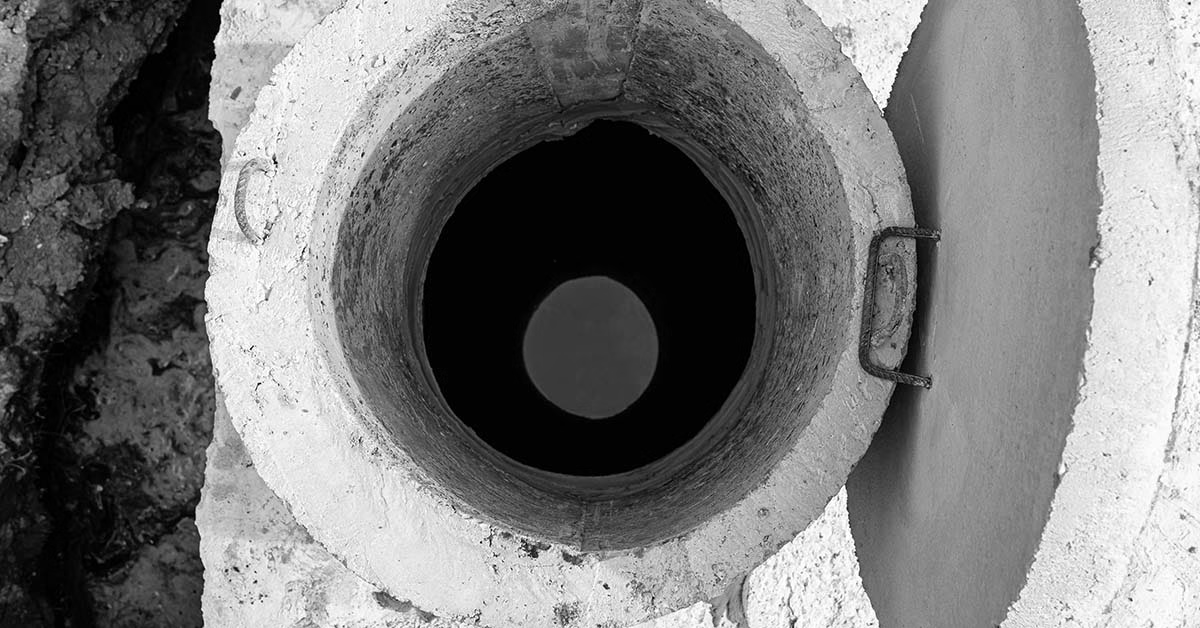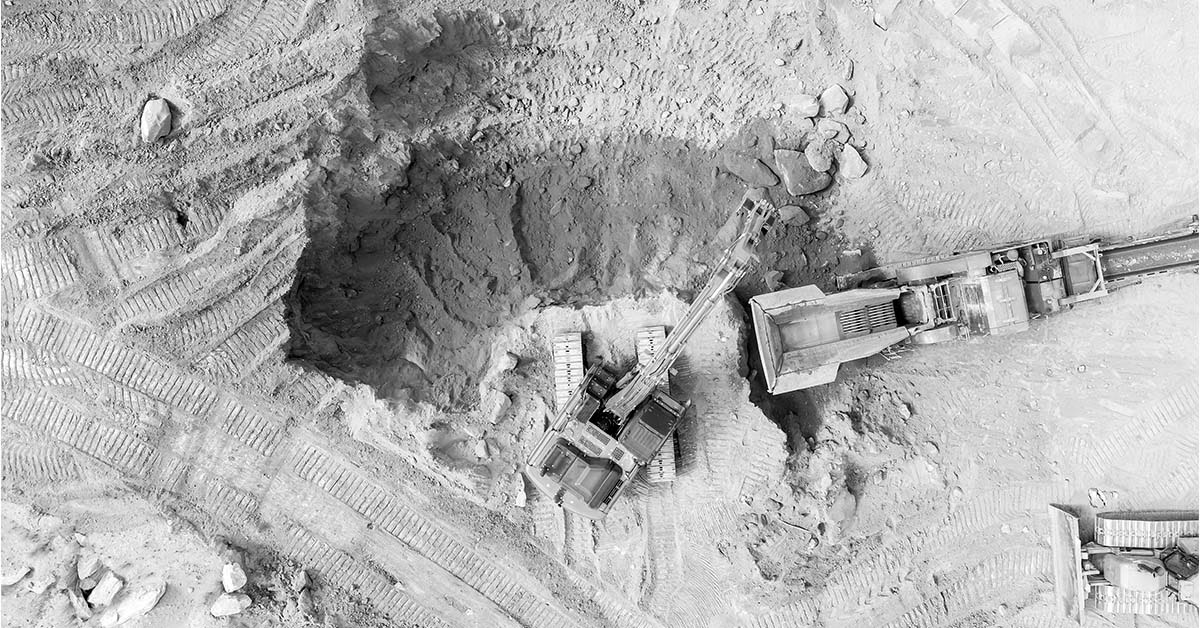Understanding Health Beyond the Physical Health is more than the absence of illness. The World…
Access Control – The Gatekeeper of Site Safety
Access control remains one of the most overlooked yet vital safety measures on both construction and operational sites. Across South Africa, incidents have repeatedly shown how weak site entry management can lead to serious injury, and even fatal outcomes. When people who are not trained, inducted, or authorised gain access to a site, everyone’s safety is at risk.
Why Access Control Matters
Access control is the first and most critical line of defence against unsafe conditions. It prevents untrained or unauthorised individuals from entering high-risk zones and ensures that only those who are inducted, competent, and adequately equipped can access the site.
A single lapse at the gate can undo every safety measure that follows, from risk assessments to emergency response plans. By verifying training, induction, and PPE at entry, access control ensures the protection of the workforce, the public, and the project’s integrity.
It also safeguards a contractor’s reputation. Allowing uncontrolled access not only increases the chance of incidents but can also lead to legal and financial repercussions. Effective access control demonstrates that the organisation values safety, accountability, and professionalism from the moment anyone steps onto the site.
What Access Control Means
In construction, access control refers to a system that ensures only competent, inducted, and authorised persons enter a construction site or high-risk area. This requirement is clearly outlined in the Construction Regulations, 2014, and reinforced by SANS 10400 Part F, which mandates the use of secure fencing or barricades to protect the public and control site access.
Regulation 27 (Housekeeping) further requires that routes, passageways, and work areas remain clear, and that all entry points are adequately managed. Effective access control, therefore, extends beyond the front gate, it’s an integrated safety system that supports planning, supervision, and compliance at every level.
Different Types of Access Control
Modern sites use a variety of systems: biometric turnstiles, facial recognition, digital access tags, or traditional sign-in registers. However, these systems are only as strong as the procedures behind them.
An effective access control process includes verified induction, medical fitness checks, correct PPE, and clear coordination with site management. Visitors and delivery drivers must also be briefed and guided through proper channels, “signing the book and walking in” is no longer an acceptable practice.
Zoning and Safe Movement
Once inside the gate, the challenge shifts to safe movement. A well-designed site layout separates pedestrian zones from vehicle or plant routes, minimising the risk of collisions.
Colour-coded walkways, exclusion zones, and clear emergency routes should be visible and enforced. Proper signage helps everyone, from new workers to delivery drivers, understand where it’s safe to move and operate. When zoning is taken seriously, it reduces confusion and supports a safer, more organised site.
Scaffolding and Temporary Works
Scaffolding is one of the highest-risk areas on any construction site. Only competent personnel should erect or modify scaffolds, and each structure must be inspected and tagged before use.
Under SANS 10085-1: 2024, scaffolds must have guardrails, toeboards, proper bracing, and fully boarded platforms. Internal ladders or stair towers provide safe access, and inspection tags (green, amber, or red) indicate whether the scaffold is ready for use.
Other temporary works, such as formwork or falsework — must be designed, checked, and signed off by a Temporary Works Coordinator (TWC) in line with SANS 10400-B. No structure should be used or dismantled without inspection and authorisation.
Roof Access and Work at Height
Working at height presents a unique set of risks that demand strict control. Roof access must always be managed through a Fall Protection Plan as required by Construction Regulation 10. This plan should cover approved anchors, lifelines, and guardrails for fall arrest.
Workers should never perform roof tasks alone, a buddy system allows for immediate assistance in the event of an emergency. Rescue plans must be in place, and exclusion zones or debris nets should be in place to protect anyone below. A competent person must sign off all permanent lifelines and anchors before use.
Access in Live Buildings
Live or operational buildings, such as shopping centres, offices, or warehouses — require a different approach. Safety controls must protect both workers and the public.
Fire exits should remain unobstructed, and back-of-house and roof areas must be restricted. Contractors should plan for dust, noise, and after-hours work routes. Tenants appointing their own contractors should always inform centre management to prevent unauthorised activity. Without coordination, even routine maintenance can become a serious risk.
Quick Gate and Site Checks
Consistent daily checks are the simplest way to reinforce a culture of safe access.
Key points to verify include:
- Workers have valid induction and medical clearance
- PPE is worn correctly and in good condition
- Rescue and emergency plans are in place and understood
- Scaffolds and high-risk areas are tagged and secured
- Entry points are supervised, logged, and controlled
These short, regular inspections often make the difference between a safe day on site and a preventable incident.
Access control is far more than a gate system, it’s a commitment to responsibility and care. It ensures that everyone entering a site is competent, protected, and aware of the risks involved.
When implemented correctly, access control goes beyond compliance: it builds trust, strengthens safety culture, and saves lives. At Cairnmead, we believe that every controlled entry point is another step toward a safer construction industry.



